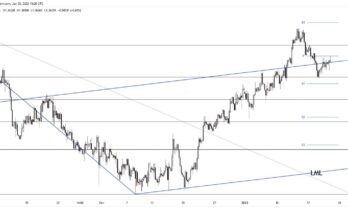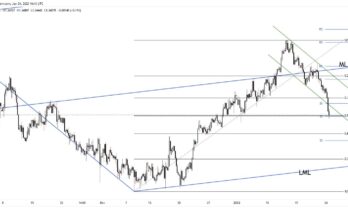January felt like a very long month for most involved with markets, given the continued worries regarding China and the volatility seen in many asset markets. Friday’s move by the Bank of Japan proved to be the icing on the cake, although its eventual impact on the economy is likely to be a lot more muted. The impact on the yen remains in place, given that many were wrong-footed by the move. For currencies, the main take-away was that the conventional wisdom that prevailed going into the year (dollar stronger on Fed tightening) was largely blown away and all the signs are that markets are struggling to find what the new paradigm will be. Overnight, we’ve seen weaker PMI data in China, manufacturing data falling to 49.4, from 49.7, ahead of final PMI data in the Eurozone this morning.
Besides this, the data calendar is light for the start of the week, with naturally the US employment report taking the limelight on Friday. The impact of this though it diminished by the change already seen in US interest rate expectations through the year so far, as the international environment has a greater bearing on US interest rate expectations. Ahead of that, we have two interest s to consider. Australia comes out overnight. Expectations are for no change, but the statement will be key for gauging any intention on the part of the central bank to ease rates later this year. This month is probably going to be a little too early for the RBA to take a stance but nevertheless the Aussie will be watching closely nonetheless. India also has an interest rate decision tomorrow, but the central bank looks to be constrained in its ability to ease rates, not least because of the weakness seen in the currency through most of January.
Further reading:
EUR/USD Weakness Masking The Truth – CIBC
Top-tier data for a new month: NFP, rate decisions and China once again



